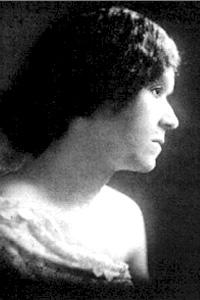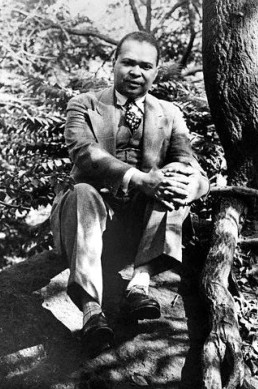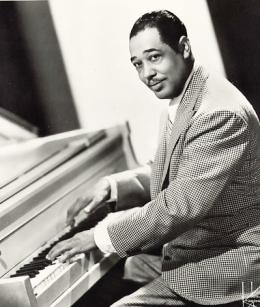The film Brother to Brother made its debut in 2004, at many film festivals and had a limited theatrical release in late 2004. The story primarily fallows a young art student, Perry Williams, and his relationship with Bruce Nugent, an older homeless man who was once reguarded as a great writer, artist, and an important figure in the Harlem Renaissance. Although the two men grew up in very different times and situations, they have faced a lot of the same struggles as they try to make it as gay, black artists. The film is set in the 21st century, but there are many “flashback” scenes that take place during the Harlem Renaissance and showcase the lives of well known writers such as Langston Hughes and Zora Neale Hurston as well as lesser-known but equally important figures such as Wallace Thurman and Bruce Nugent and their creation of the controversial magazine, Fire!. The juxtaposition of these two storylines serves to accentuate the fact that many issues and themes of the Harlem Renaissance are still very prevalent today.
The African-American Community has been fighting for rights and respect for many years. The fight to attain equality for homosexuals has also been going on for just as long, but is much less known and appreciated by America as a whole. It is the belief of many activists fighting for their cause, that one cannot be mixed with the other: you’re either for the blacks or the gays, but not both.
 In their Magazine, Fire!, the young artists tried to challenge that idea by trying to fight oppression in their own style. They told the stories of gays, whores, and other disrespected minorities within the black community who threatened the sophisticated image many black activists were trying to put out to the white world. In response many black critics burned and blacklisted the magazine in protest of the artists and everything they stood for. Similarly, Perry’s views about a correlation between black oppression and gay oppression are not respected by his teacher, classmates, and even his family, who kicked him out of his own home after learning that he was gay.
In their Magazine, Fire!, the young artists tried to challenge that idea by trying to fight oppression in their own style. They told the stories of gays, whores, and other disrespected minorities within the black community who threatened the sophisticated image many black activists were trying to put out to the white world. In response many black critics burned and blacklisted the magazine in protest of the artists and everything they stood for. Similarly, Perry’s views about a correlation between black oppression and gay oppression are not respected by his teacher, classmates, and even his family, who kicked him out of his own home after learning that he was gay.
Throughout the story, Perry and Bruce both struggle with their racial identification. They are both black men who’s family, culture, and race have greatly influenced who they are. Yet the two are also rejected by the same communities that have helped to shape them simply because of their sexual orientation. The two men are both striving to find their place in the world as gay men who are also a part of the black community. Along with anger at this unjust homophobia, anger at racism is another prevalent HR theme throughout the film. Perry, his friend Marcus, and the other artists of the Harlem Renaissance struggle to get exposure and recognition of their work without having to sacrifice their culture and identity by conforming to white standards.
Overall the parallelism of the two men’s lives compares the experience of black men during the Harlem Renaissance with those of youth today. The challenges faced by Perry and his peers are also widespread throughout the black community today. Many of the controversial questions that were discussed in the 20s and 30s have been resurrected by the film and presented again in a new way. This shows that these questions about freedom, race and equality are still just as important now as they were then and many of the themes and concerns of the Harlem Renaissance still remain crucial to our society.






